Conditioning and Reinforcement: A Psychology Report on Behavior
VerifiedAdded on 2022/08/24
|5
|654
|18
Report
AI Summary
This psychology report delves into the concepts of conditioning and reinforcement, exploring how they influence human behavior. The report begins by defining positive reinforcement, negative reinforcement, and punishment, and then discusses how these concepts relate to the work of B.F. Skinner, building upon the foundation of classical conditioning laid by Ivan Pavlov. The report provides real-world examples of how these principles are applied across various environments, including the interactions between parents and children, teachers and students, and employers and employees. It highlights how positive reinforcement, such as encouragement and rewards, can be used to promote desired behaviors, while negative reinforcement and punishment can be used to discourage undesirable actions. The report concludes that external reinforcements, both positive and negative, play a significant role in shaping human conduct.
1 out of 5
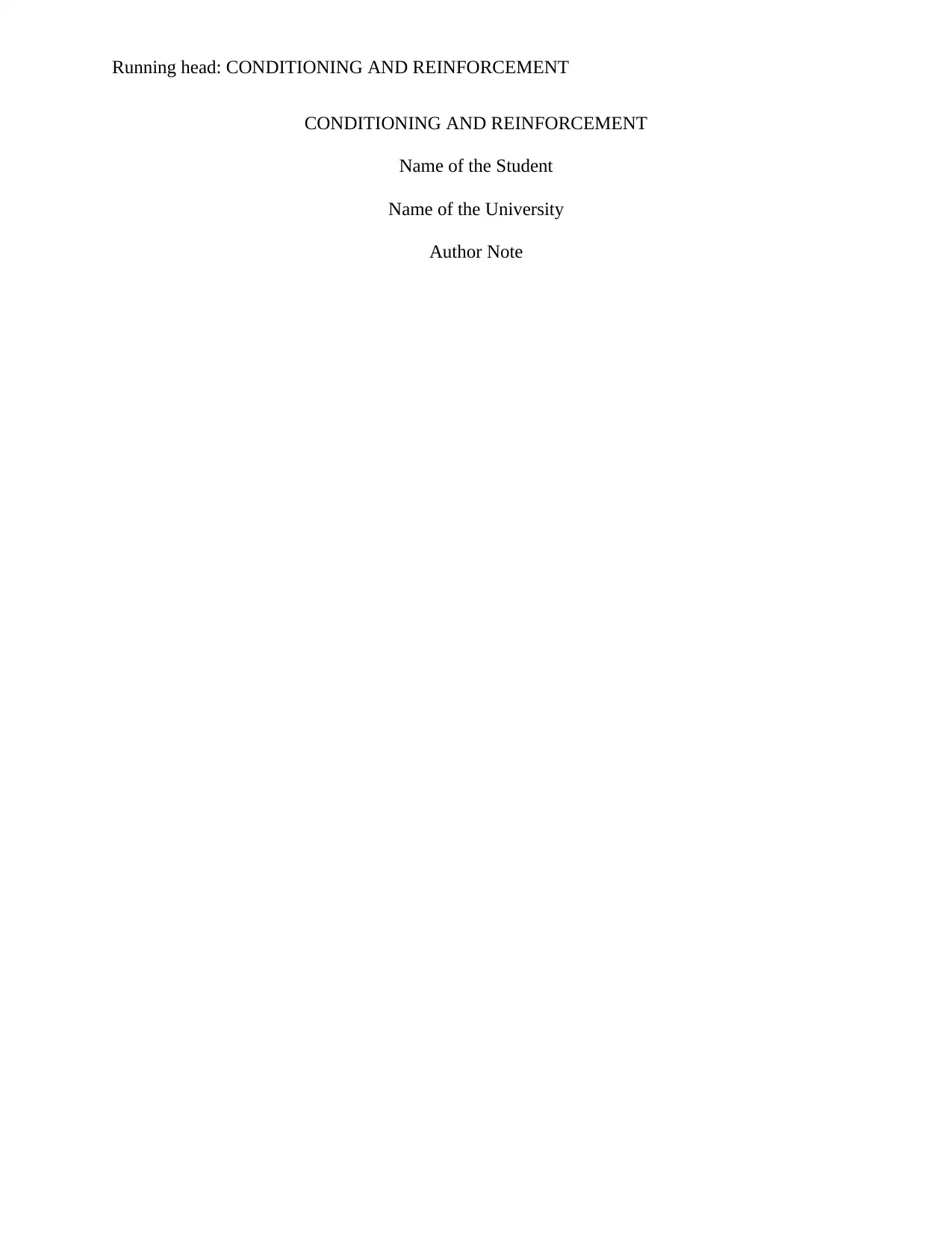
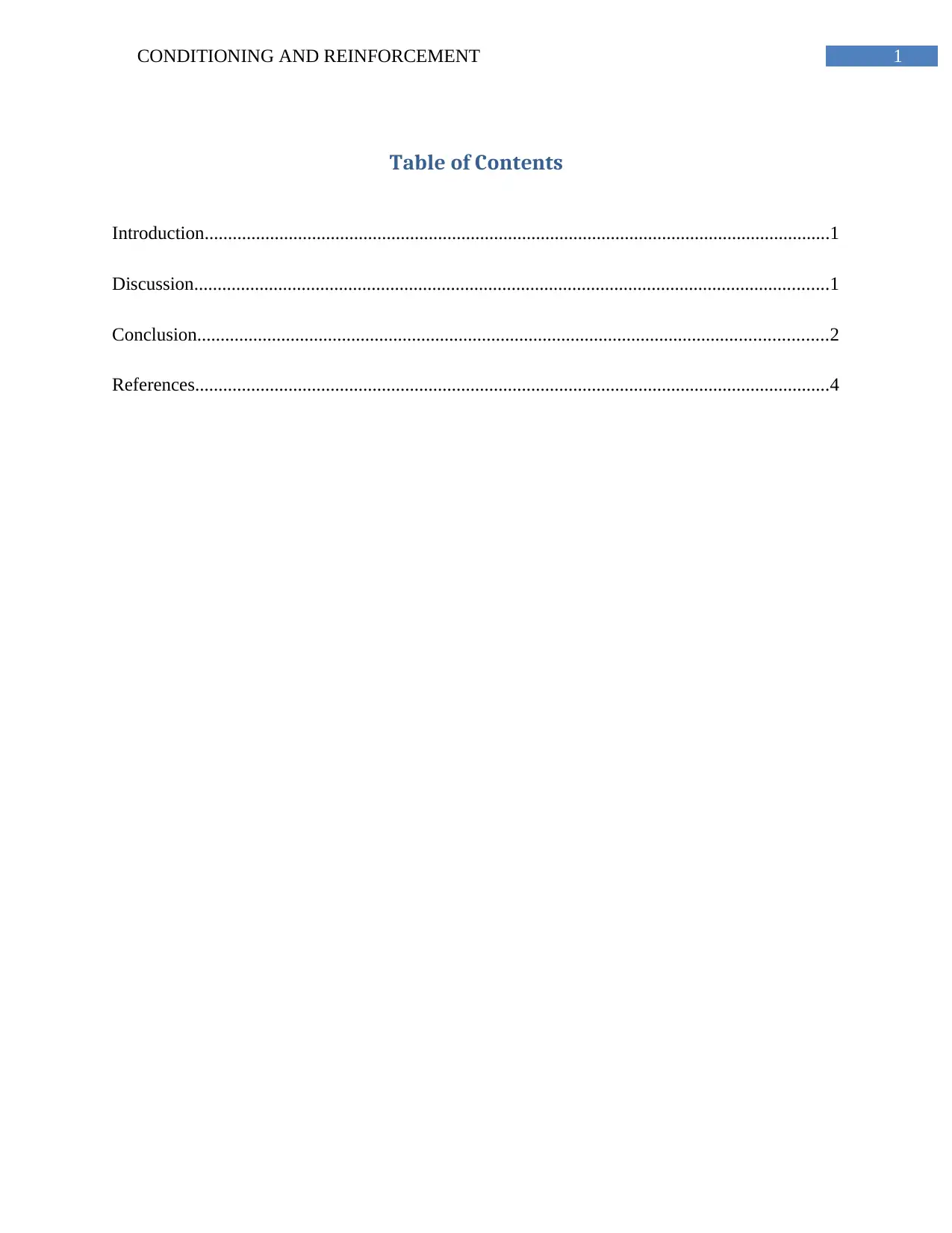
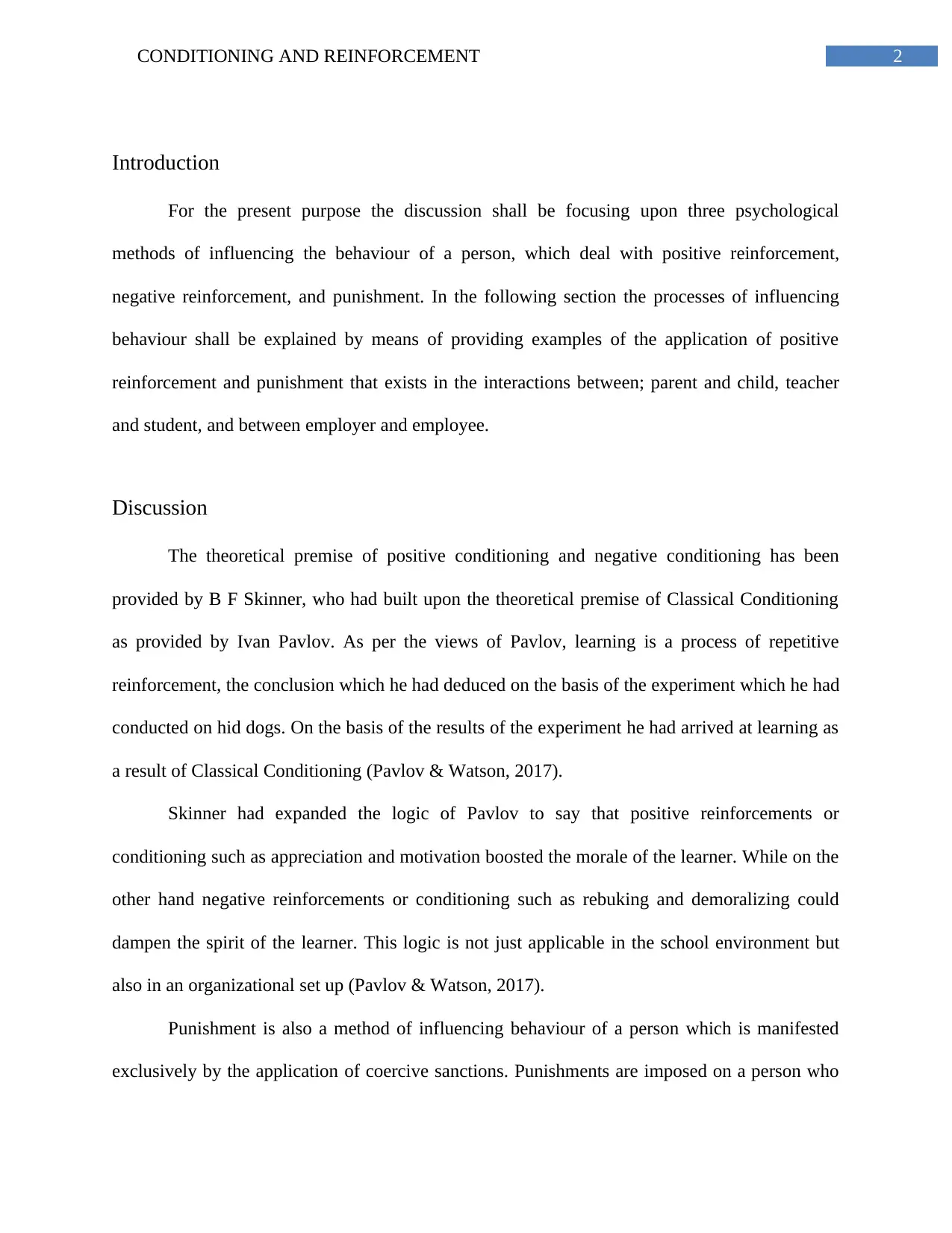

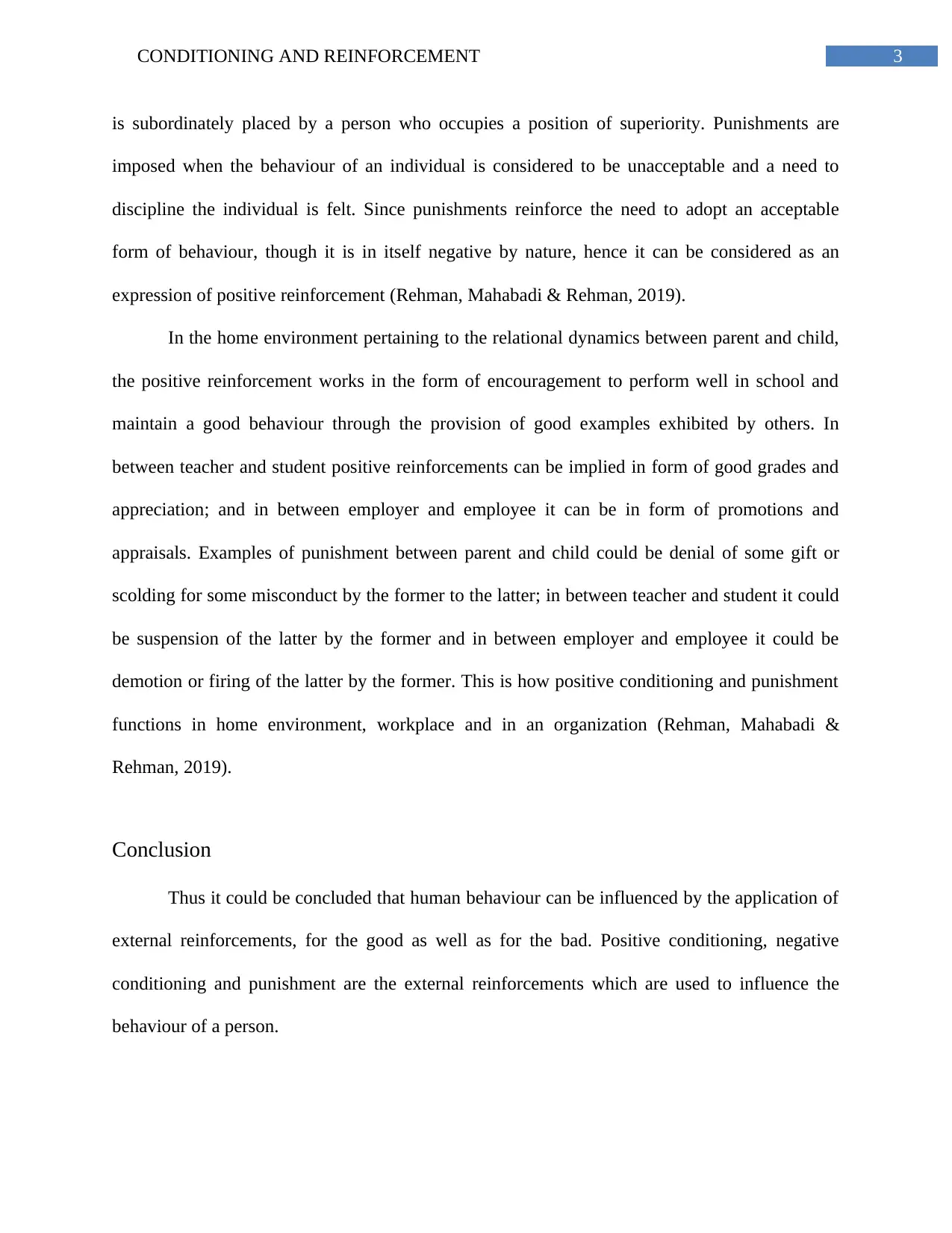
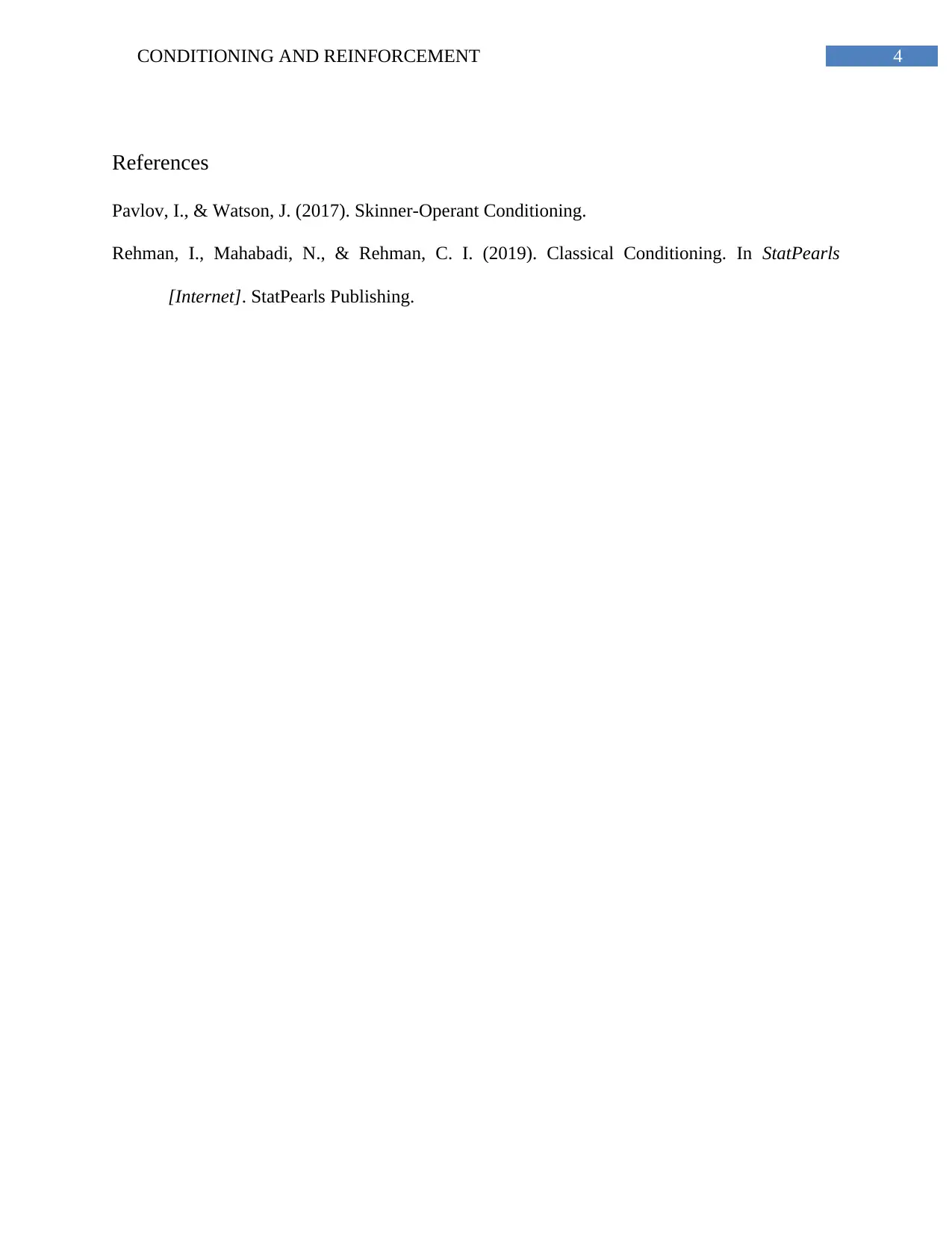






![[object Object]](/_next/static/media/star-bottom.7253800d.svg)